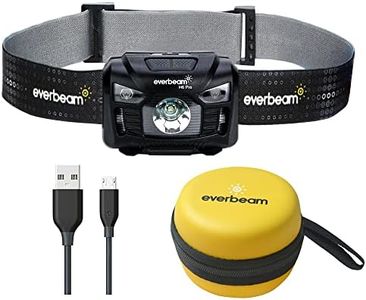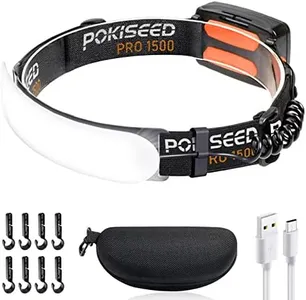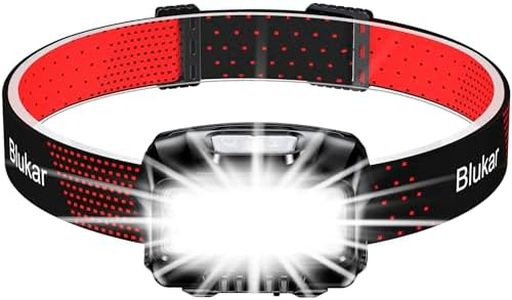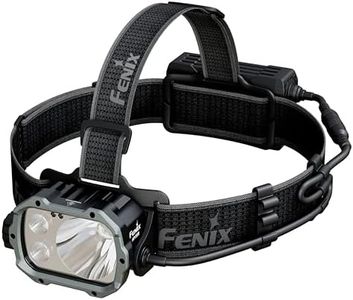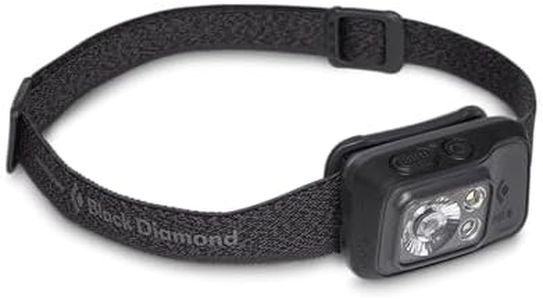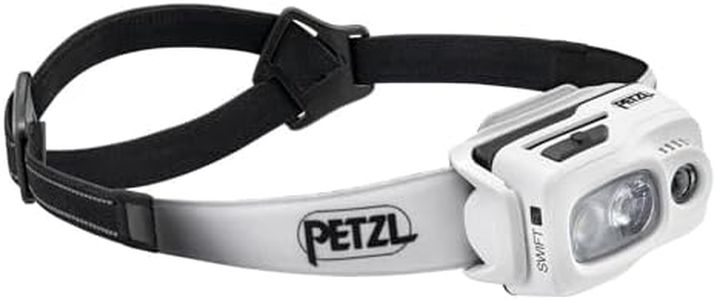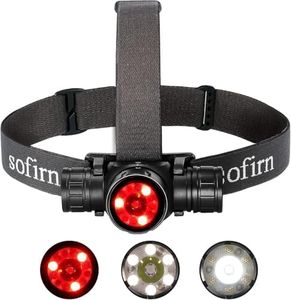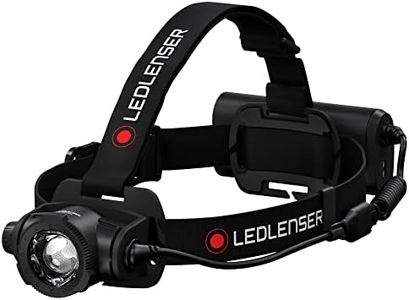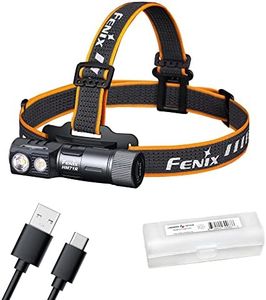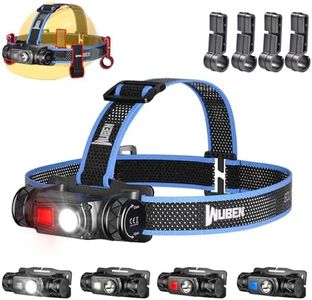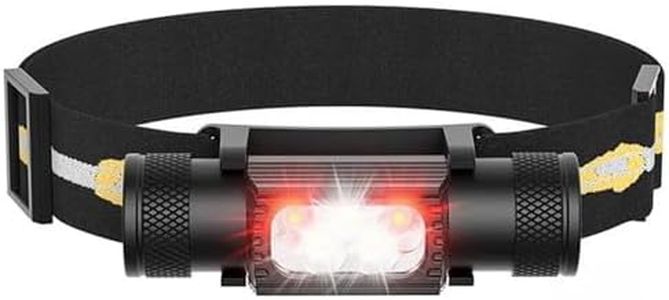We Use CookiesWe use cookies to enhance the security, performance,
functionality and for analytical and promotional activities. By continuing to browse this site you
are agreeing to our privacy policy
10 Best Headlamps
From leading brands and best sellers available on the web.Buying Guide for the Best Headlamps
Choosing the right headlamp depends mostly on how and where you plan to use it. Whether you're hiking, camping, running, or working in the garage, focusing on the right features will ensure you get a headlamp suited to your specific needs. Think about scenarios where you'll use the headlamp, and prioritize the specs that matter most for that context. Remember, comfort and reliability are just as important as brightness.Brightness (Lumens)Brightness, usually measured in lumens, tells you how much light the headlamp produces. This is important because a brighter beam is useful in very dark environments or for tasks that require seeing far ahead, like trail running or mountaineering. Headlamps typically range from about 40 lumens (good for close-up work or reading) to over 300 lumens (ideal for seeing far distances or navigating trails at night). If you're mostly using the headlamp around camp or for reading, a lower value is fine. If you need to light up the trail ahead or want extra safety, go with a mid to high lumen value.
Beam DistanceBeam distance tells you how far the light will reach, which is important for spotting obstacles or following trails in the dark. Shorter ranges (10–30 meters) are great for camping or tent use, while longer ranges (over 50 meters) are useful for night hikes, running, or navigation. Consider your usual environment: open spaces and trails benefit from longer beams, while campsite or indoor use can do with shorter beams.
Battery Type and LifeBattery life tells you how long the headlamp will last before needing a recharge or new batteries, which is crucial for longer trips. Some headlamps use disposable batteries, while others have built-in rechargeable batteries. Disposable batteries can be replaced quickly anywhere, but rechargeable batteries are more convenient and eco-friendly if you have charging access. If you’re going on multi-day trips without charging opportunities, consider models with longer battery life or the ability to swap batteries easily.
Weight and ComfortWeight and comfort affect how pleasant the headlamp is to wear, especially for long periods. Lightweight headlamps are less noticeable and less likely to cause discomfort during running or active use, while heavier models may be more robust or offer brighter beams but can feel bulky. If you know you'll be wearing it for hours or during exercise, prioritize lighter and more comfortable designs.
Water ResistanceWater resistance indicates how well the headlamp can handle rain or splashes, which is important for outdoor and all-weather use. Headlamps are rated with codes like IPX4 (splash-resistant) or IPX7 (submersible for short periods). If you plan to use the headlamp in wet or unpredictable weather, look for a higher water resistance rating. For indoor or dry use, a basic level is usually enough.
Modes and ControlsMany headlamps offer different lighting modes, such as dim, strobe, or red light, and this flexibility can be very helpful. Red light preserves night vision, while strobe modes can be useful for signaling. Modes are controlled by buttons which can differ in ease of use, especially while wearing gloves. Think about when and how you’ll adjust the settings, and look for a headlamp with the modes you’ll actually use and easy-to-operate controls.
Tilt AdjustmentTilt adjustment allows you to angle the light up or down, which helps you focus the beam exactly where you need it without moving your whole head. This feature is valuable for reading, cooking, or detailed tasks. If you’ll use the headlamp for close-up activities as well as walking, a tiltable head helps prevent neck strain and offers more versatility.
